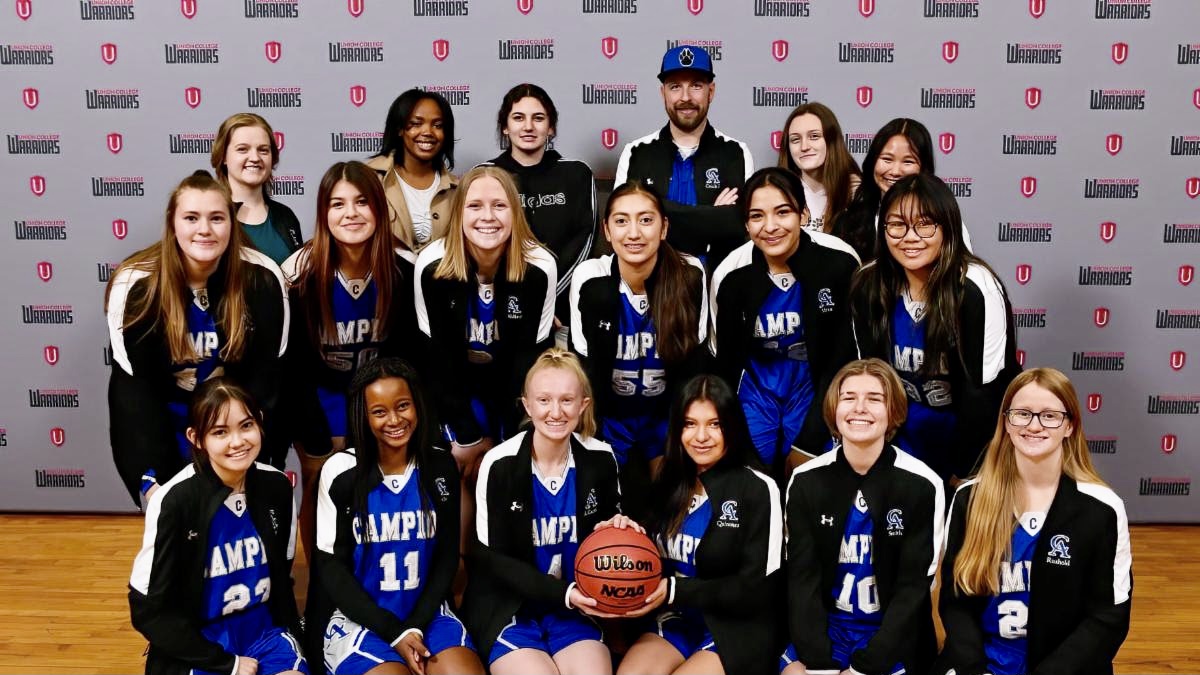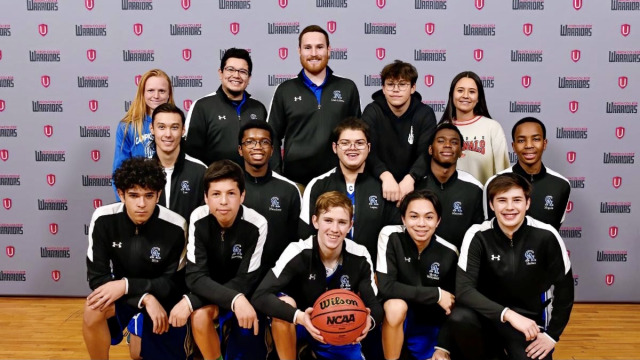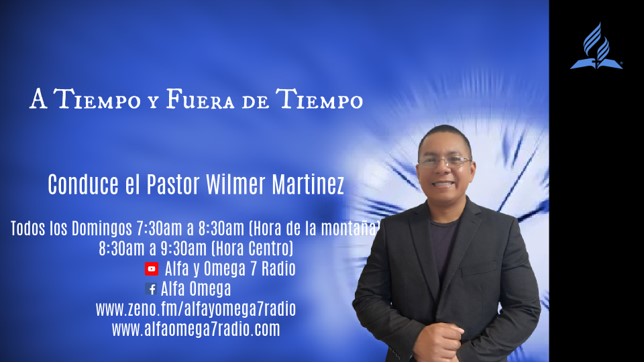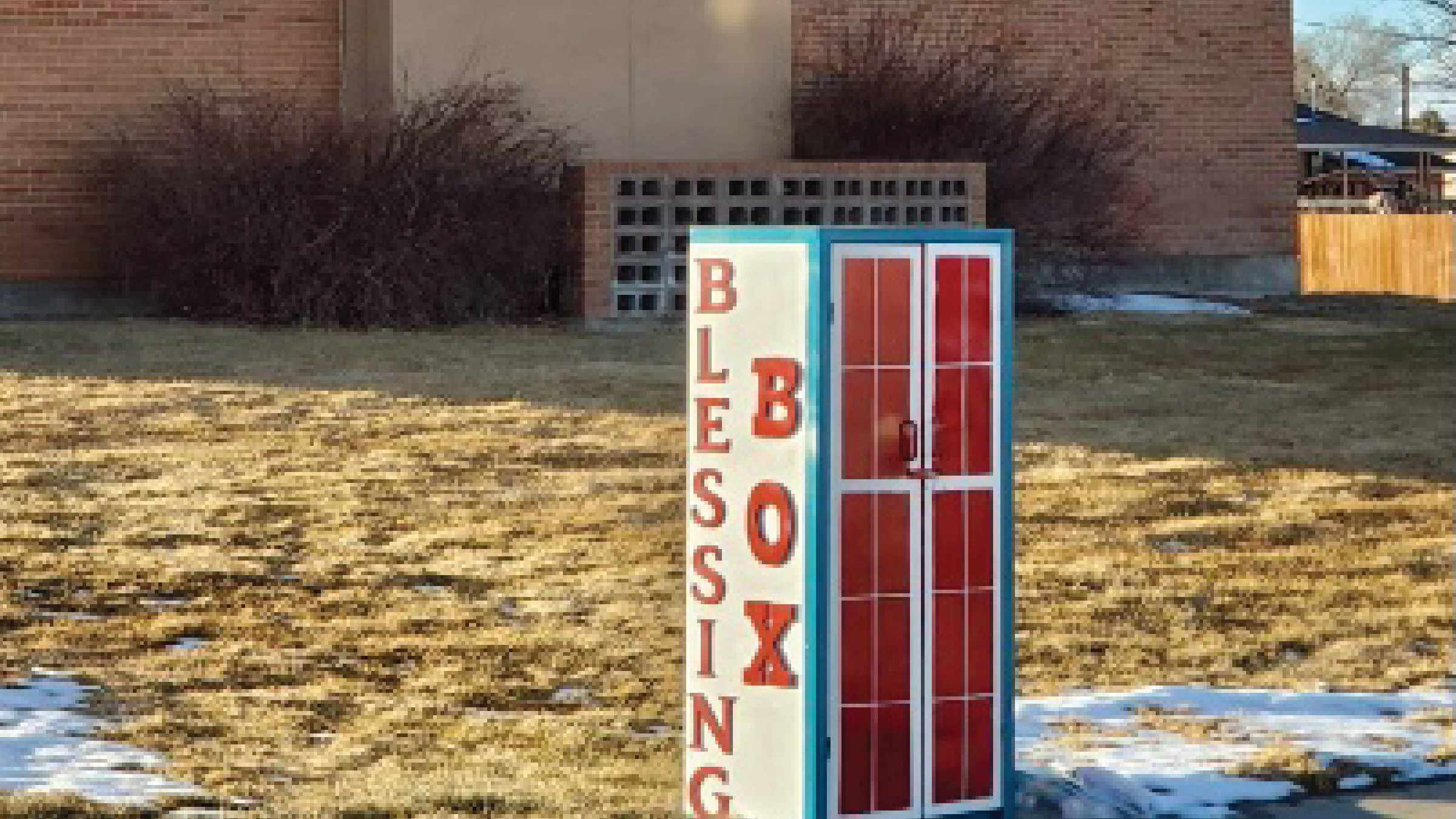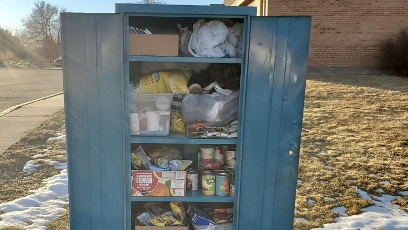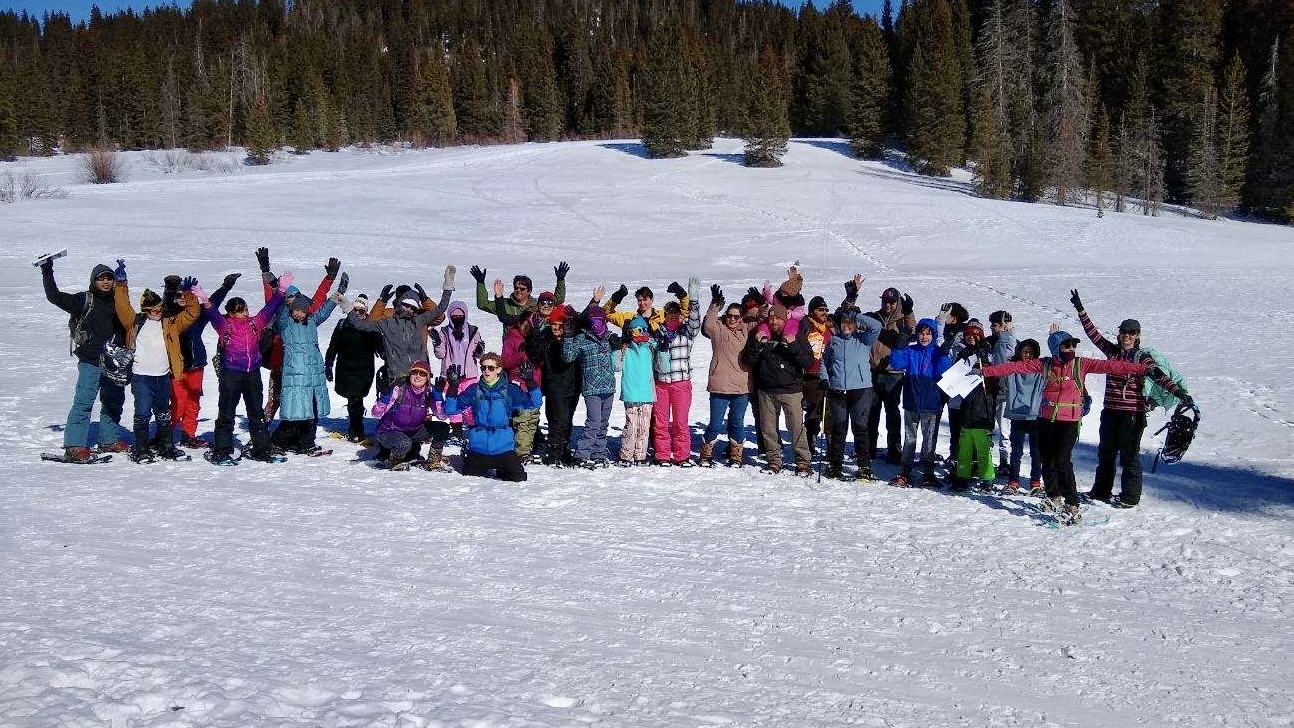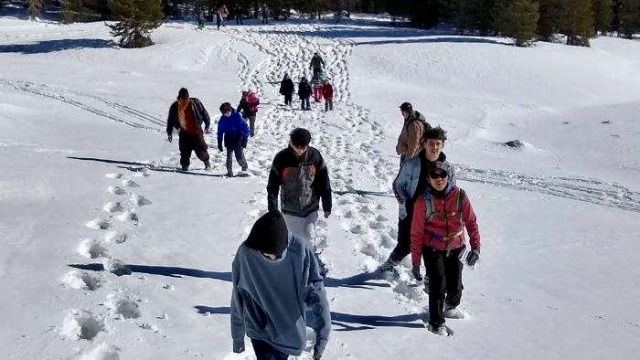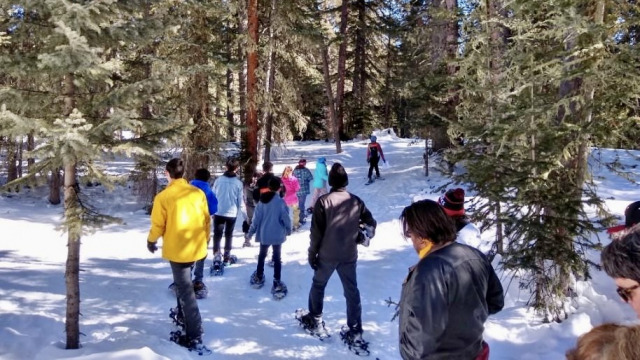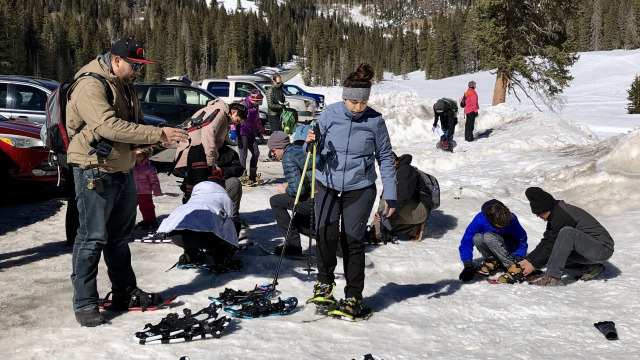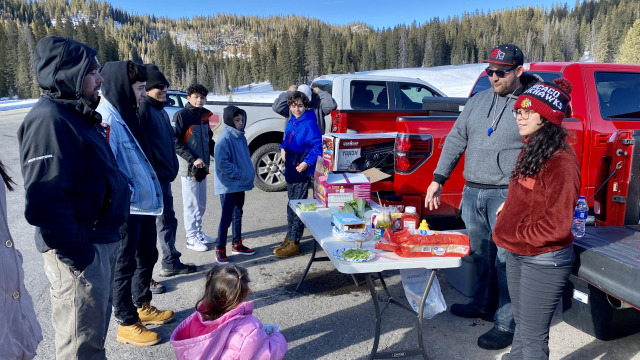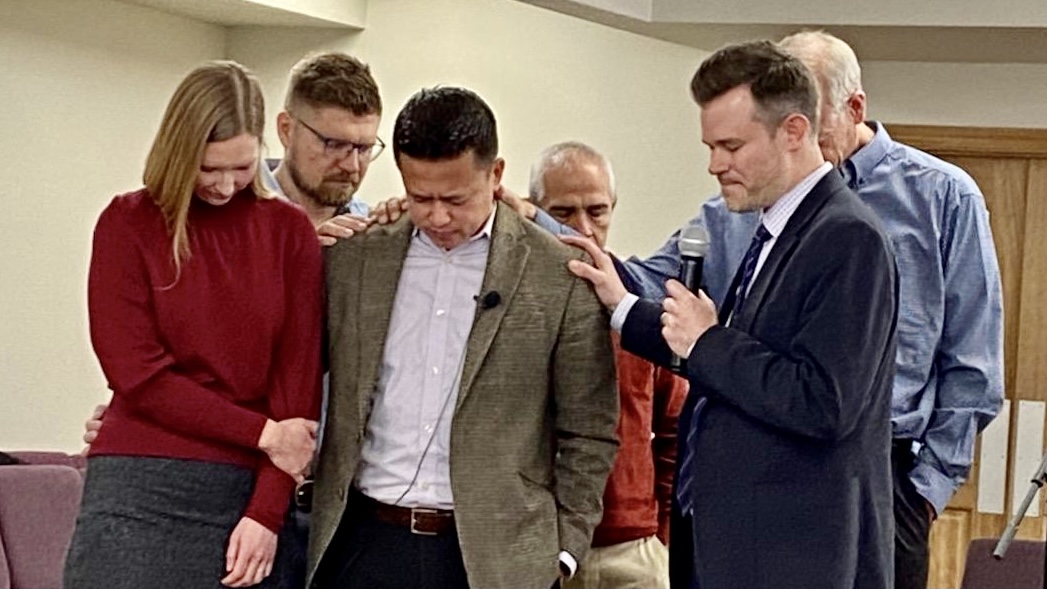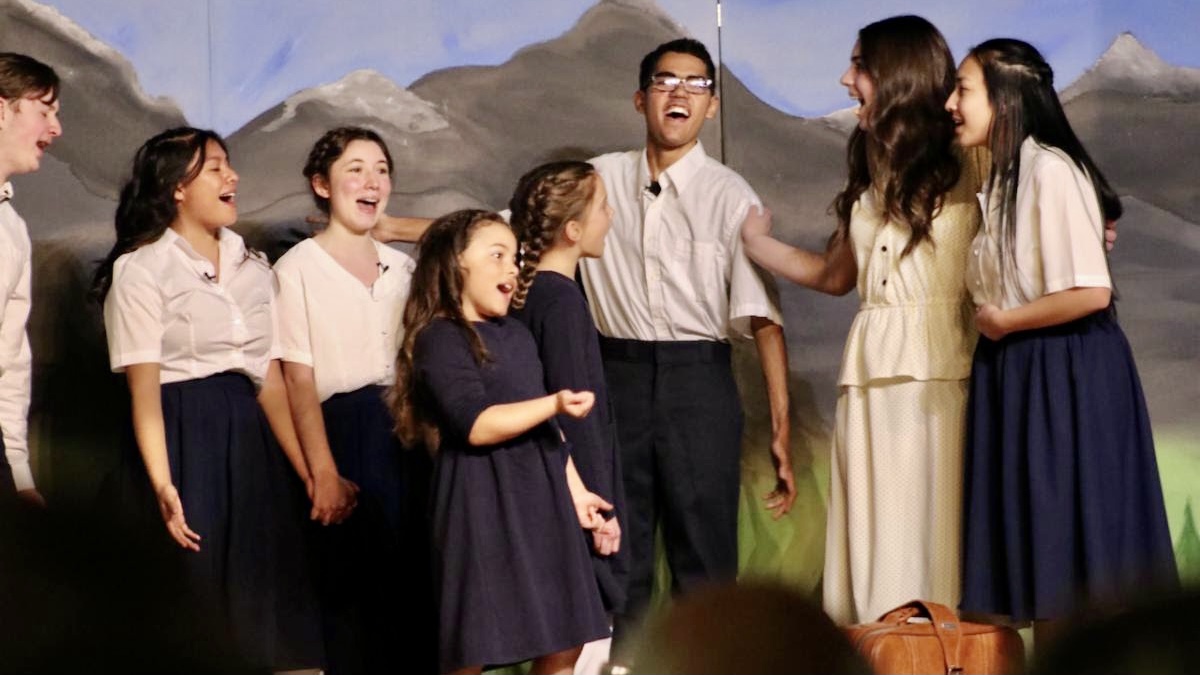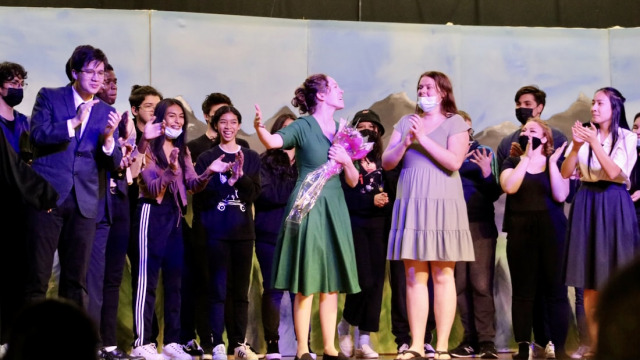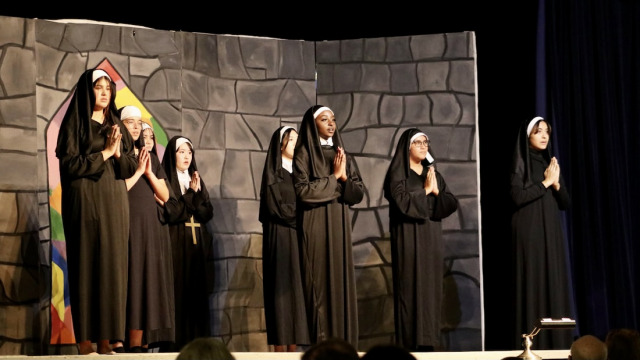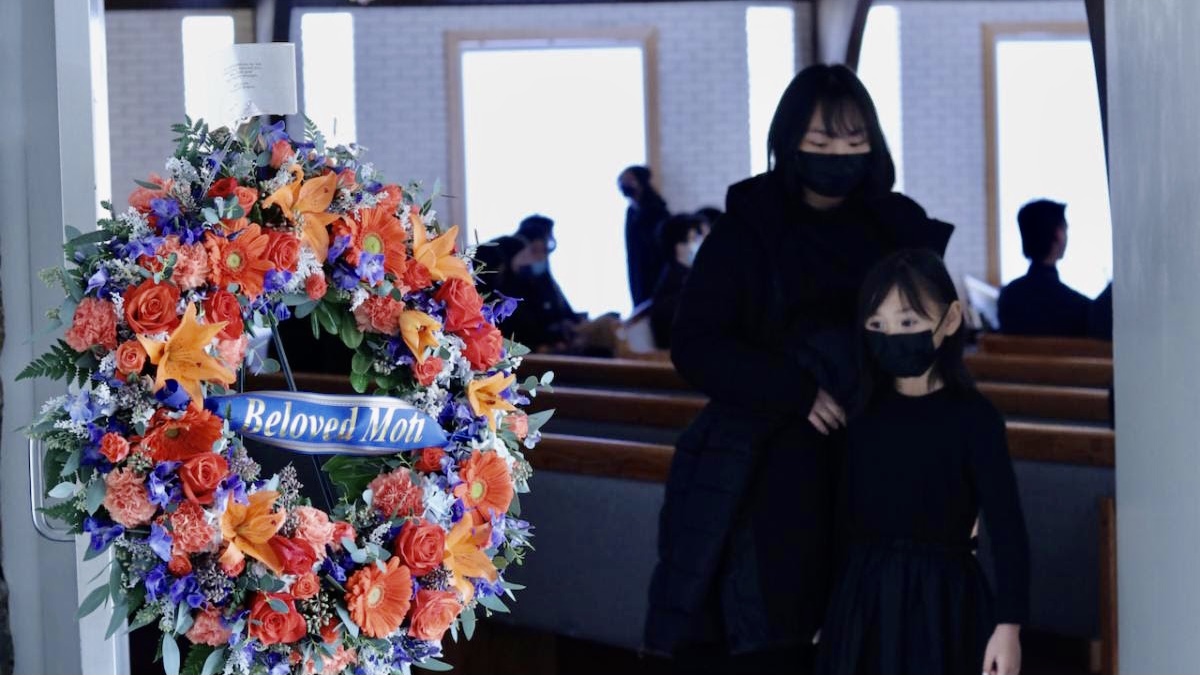By Rachel Ashworth … The church is made up of people from all cultures. The global church is made up of whites, blacks, Hispanic, Asian, and more. This mix of cultures is not the global church alone, but our local churches and districts.
If you are blessed enough to have many beautiful cultures in your home church, it may be difficult to connect them. It may be difficult to celebrate a culture you don’t understand. There are ways that you can, though. There are things you can do as an individual and a church family that can build bridges between the varying cultures in your congregation and in your community.
What is valuable to the culture of your church and community? How do these values compare with the values of the diverse cultures that make it up?
The truth is we’re all different. We were raised in different ways, in many different areas. Our ancestors valued things based on their upbringing and their struggles. Some of us move across states and into a different political climate completely. Some grew up in the Pacific Northwest and moved into the Bible Belt.
Culture shock is not a thing of the past. Culture shock is alive and well in our cities, states, and our churches.
So, what can we do about it?
5 ways to celebrate diversity in the church:
Get to know each other.
When someone new comes into our church or community we aim to find our common ground right away. The values, education, background, and experiences we share will immediately connect us on some level. This is our goal, but what do we do if there is little to no common ground? Get to know each other anyway! Ask questions and tell stories. Look at them in the eyes when you speak.
Break bread together.
It’s safe to say that every culture in the world makes and enjoys some kind of bread as a regular staple in their diet. So, break bread together. Invite a new family to your home for a meal, or plan a meal at your church or community center. You can take it one step further by planning a Global Food Showcase where people prepare and bring foods from their home country or childhood. Involve the whole community for a Foods from around the world event.
Plan a special Sabbath.
If you have a large number of church members who speak a different language or come from a different country, consider planning a special Sabbath service to accommodate the language, music, art, food, and more from individual cultures that make up your congregation. Let someone translate if there is a willing volunteer. This type of showcase will make your members feel special, seen, heard, and valued. It can also help them make themselves at home.
Use and promote resources and news.
Because we are part of a global church, there are resources available online for every division, in many languages, and in most cases free. Subscribe to magazines that speak to your congregation, empower them as a culture, and speak to their hopes for their home country. Pay attention to global news that might affect your congregation. Even if they are safe in your city, their heart may break for political and social unrest in their home country.
Make space for them.
I started to type “give them a job”, then I changed it to “give them a place”. What I mean, and what I think everyone needs in their home church is a space for them. This means, when you speak to your congregation from the pulpit, in your mission and goals, in evangelism, programming, and all facets of ministry, you make space for the individuals in your church to represent their cultures. Give them space and support to help with and begin ministries that appeal to their cultural needs. Make space for them in social circles, at events, and even pews to sit in. Too many people don’t feel they have a space in church simply because there is no welcome place to sit!
More than anything pray. Pray for your congregations and every culture represented therein.
Pray for unity in God’s church.
–Rachel Ashworth is a blogger for Outlook Magazine; photo by iStock
This article was originally published on the Outlook Magazine website


